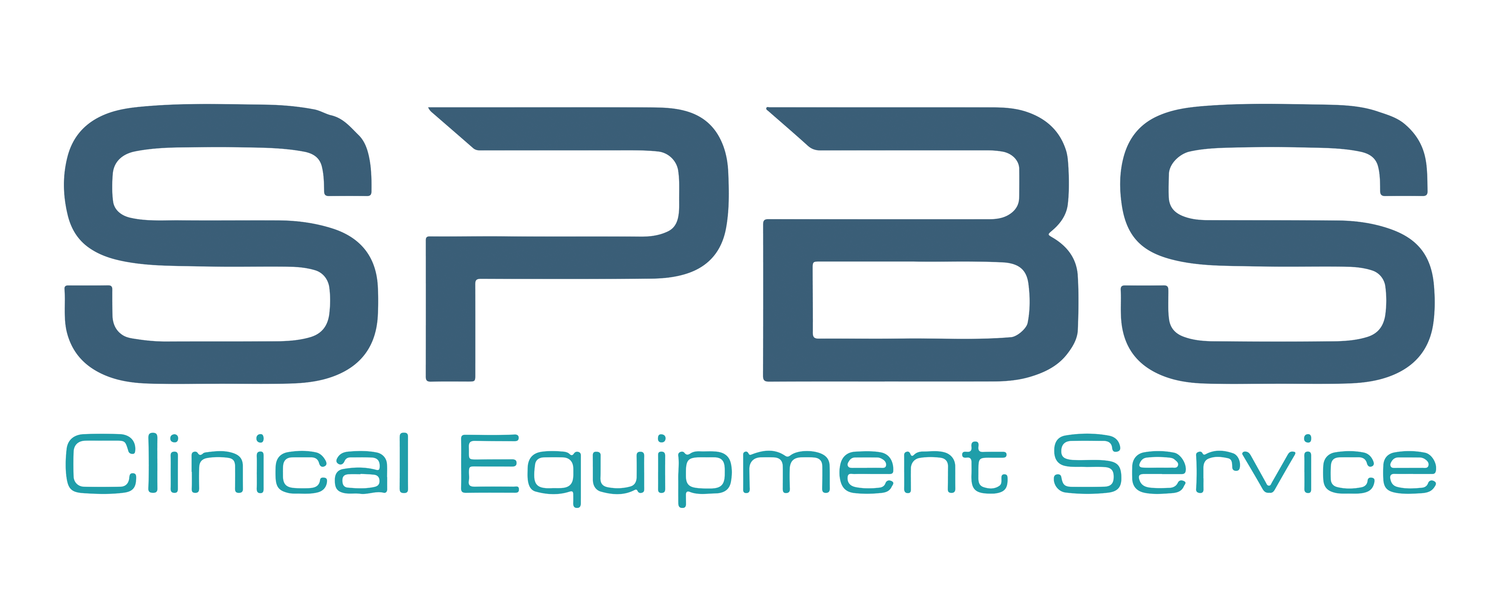I want to address an unpleasant topic, and it doesn’t involve the holidays and your in-laws. I’m talking about managing your facilities inventory. Look, all biomed shops struggle with this in the field. When departments make a new equipment purchase, biomed is there and can add these new items to the inventory, no problem. But, it’s the removal of equipment that can make us scratch our heads sometimes.
How about when your hospital network buys or sells a clinic, surgery center or some other facility. Who’s making the adds and deletes to the master list? Or more importantly, who is letting CE know that this transaction is even happening? How about when that newly purchased surgery center has added equipment, or loses a doc and no longer needs a piece of equipment, so they just tuck it in a closet or sell it online.
Managing your clinical equipment inventory is painful but here are 4 reasons why it’s vitally important.
- Tech levels – The tech to equipment ratio is one of constant debate, but most facilities have 1000 to 2000 pieces of equipment per tech as a guide for staffing levels. If inventories are not maintained accurately, over time the ratio can get out of control. With small practices selling out to hospitals and the footprint of facilities ever expanding, it easy to see that without documenting those added items, an already stretched department can become overwhelmed. Without having an accurate inventory, the justifications for additional hires falls flat.
- Maintaining credibility- Have you ever have an equipment review with a department head and she notices that there are items that are on the inventory that they haven’t actually had since Bush was in office…the first one. Okay maybe not that bad. But having just one item on the inventory that shouldn’t be there, or vice versa could put doubt in the minds of those department heads. The department heads can quickly lose confidence in you and your department’s ability to maintain a credible list of equipment.
- Capital budgets- It seems like every year hospitals have to buy the same type of equipment; IV pumps and tele packs are usual culprits. These are nuisance purchases due to loss or theft. But every so often the hospital makes a large purchase of equipment. Knowing what the “real” par level of equipment is versus what Purchasing shows on paper can equate to tens of thousands of dollars that either don’t make the budget, or creates an over buy scenario making more work for your department. In a time when every penny is accounted for in a hospital, this is not an area where “winging it” will work in anyone’s favor.
- Regulations- In the not-too-distant past, our favorite regulatory agency stated that hospitals must maintain a 100% compliance on equipment inspections. At the time, this caused a few sleepless nights, and since then compliance has been on surveyor’s radar. Having an accurate inventory is imperative to maintaining compliance. Not to mention it gives you peace of mind that all your bases are covered.
Inventory accuracy will forever be a constant battle. But, with the right processes in place and excellent communication, effectively managing your clinical equipment inventory accurately is possible. Now about those in-laws…

